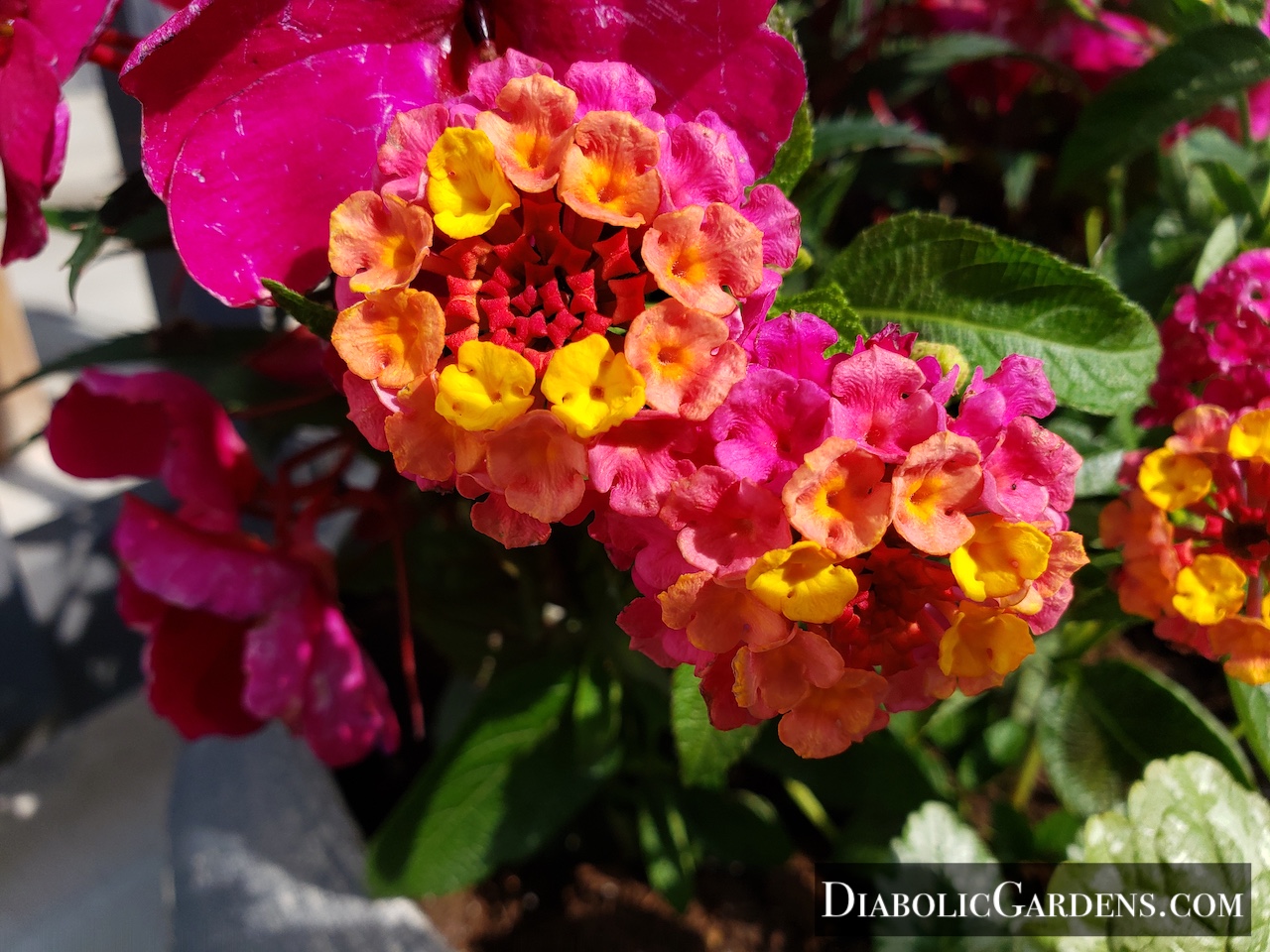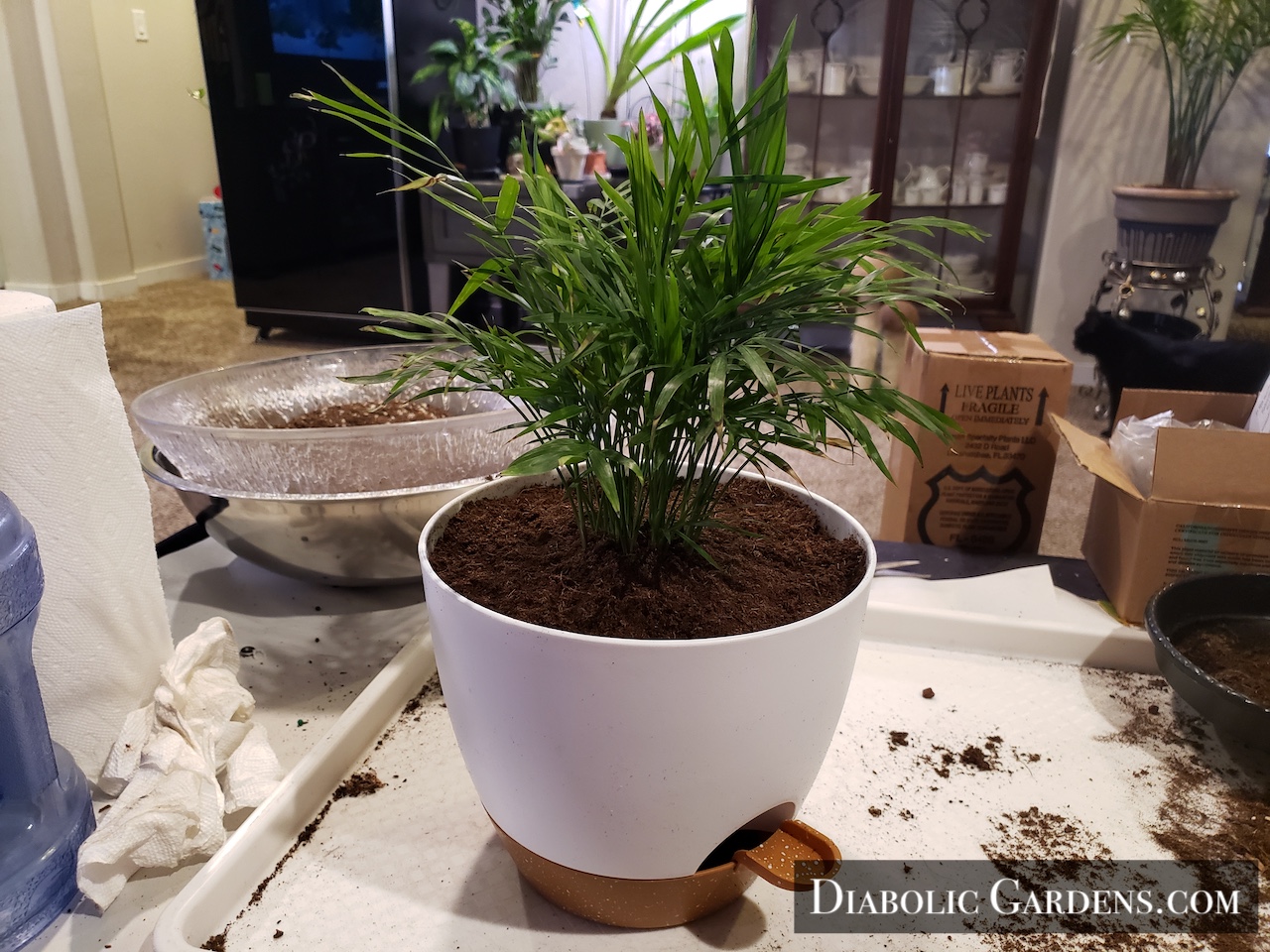Flora - Succulents / Cacti
Variegated Cupid Peperomia
This delightful peperomia features succulent, heart-shaped leaves that are bright green in the center with creamy white or pale yellow margins. The trailing stems can create a beautiful cascading effect, making it ideal for hanging baskets, shelves, or as a vibrant spiller in mixed container arrangements. While it does produce small, inconspicuous greenish-white flower spikes, it is primarily grown for its striking foliage.

Variegated Cupid Peperomia
Peperomia scandens 'Variegata'
Toxic:
Non-toxic: One of the many benefits of the Variegated Cupid Peperomia is that it is non-toxic to cats, dogs, and humans, making it a safe choice for households with pets and children.
Care:
Light:
It thrives in bright, indirect light. An east or west-facing window is ideal. While it can tolerate lower light conditions, the variegation may become less pronounced. Direct sunlight should be avoided as it can scorch the leaves.
Water:
Like other succulent-like plants, the Variegated Cupid Peperomia is susceptible to root rot from overwatering. Allow the top inch or two of soil to dry out completely before watering thoroughly. Reduce watering frequency during the winter months when the plant's growth slows.
Humidity:
While it can tolerate average household humidity, it will appreciate slightly higher levels. Misting the leaves occasionally, placing the plant on a pebble tray with water, or grouping it with other plants can help increase ambient humidity.
Soil:
A well-draining potting mix is crucial. A standard houseplant mix amended with perlite or orchid bark will provide the necessary drainage and aeration for its fine root system.
Fertilizer:
This plant is not a heavy feeder. During the growing season (spring and summer), you can feed it with a balanced liquid fertilizer diluted to half-strength once a month. Avoid fertilizing in the fall and winter.
Propagation:
The Variegated Cupid Peperomia is easily propagated from stem cuttings. Simply take a cutting with a few leaves and at least one node, and place it in water or directly into moist soil. Roots should begin to form within a few weeks.
This plant is generally pest-resistant. However, it can occasionally be susceptible to common houseplant pests such as mealybugs and spider mites. Overwatering is another common issue, leading to root rot. Ensuring proper watering practices and good air circulation can prevent most problems.

7/19/25

